Yeast is one of nature’s treasures that humanity has used for centuries. You have probably been enjoying the benefits of yeast all your life. You most likely wouldn’t be enjoying bread, beer, or wine without it. Scientists discovered that from the core of yeast, they could produce yeast extract.
Is yeast extract the same as yeast?
Yeast extract is a collective term used to describe any yeast goods that have already been processed and usually have a paste-like consistency or powder form. In contrast, yeast is more granulated and grainy.
Yeast has been used for generations to make bread, beer, and wine. Yeast holds no nutritious value, while yeast extracts are very nourishing. This is because yeast extracts are actually inactivated yeast, and so they provide the body with nutrients instead of sapping the body with nutrients like yeast.
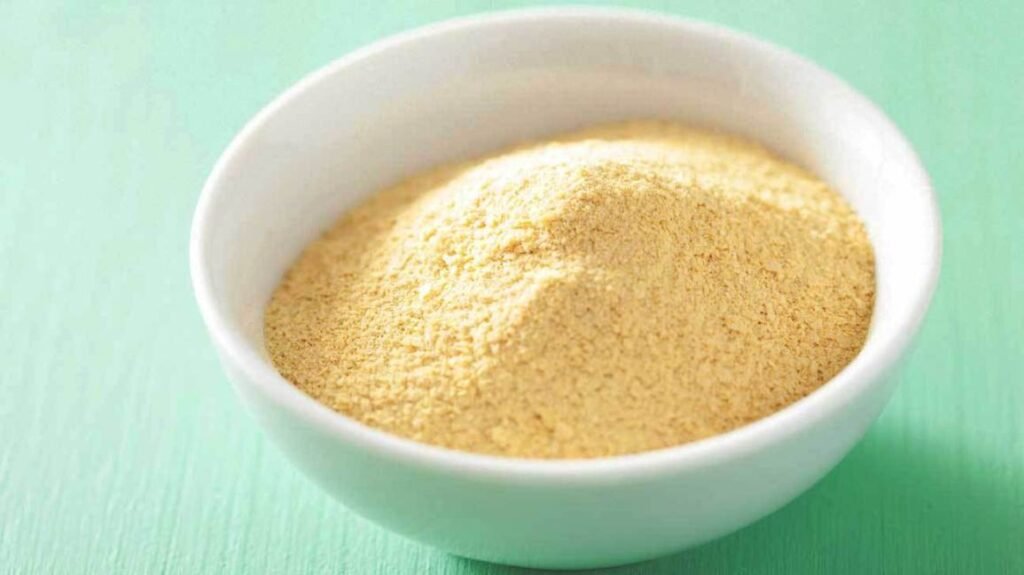
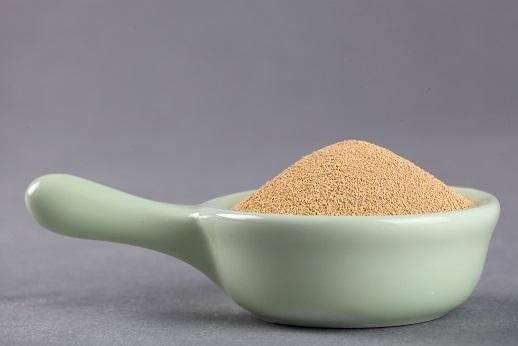
How is yeast extract produced?
First step -fermentation
Yeast gets nourished with sugar, and at a temperature of 30 degrees, it starts to grow in the way you know from baking at home.
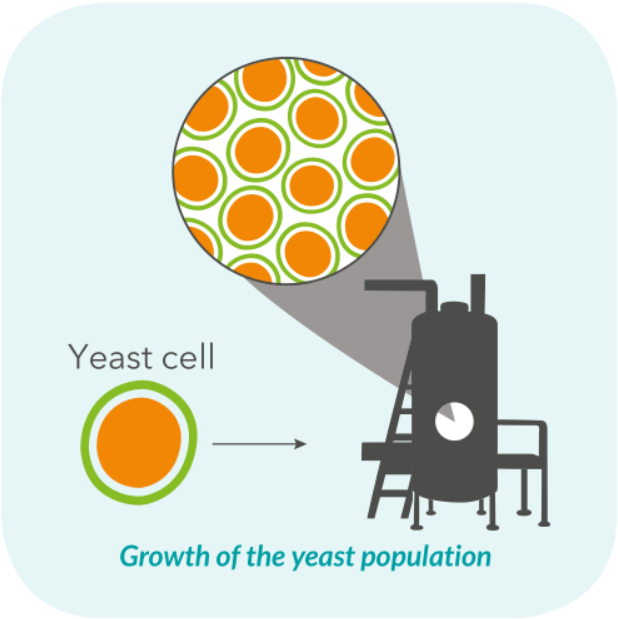
Second step-heating
Natural enzymes and a temperature of 40 degrees break down the yeast proteins. The cell walls disintegrate a taste delivering liquid remains third step separation. The resulting liquid is centrifuged to remove the remaining cell walls and insoluble leftovers.
The valuable vitamins and proteins remain preserved during the production process. Yeast extract contains all the natural components of yeast without the surrounding cell wall.

The last step- drying
The yeast extract is concentrated and dried until it becomes a powder
The whole process takes place in a constantly controlled, safety-driven, sustainable, and efficient way.

Usage of yeast extract
Yeast extracts are all around us today, acting like herbs and spices, adding meaty, savory, brothy taste notes, and balancing flavors without the need to add extra salt.
Even though we cannot detect it simply by the eye, yeast is multi-present in many natural products.
The first yeasts were found and harvested from plants. Wine leaves to be more specific.
Its derivative, yeast extract, offers a range of savory taste profiles and is suitable for vegetarian, kosher, and halal foods. It fits perfectly into a modern food industry that is constantly looking for tasty, low salt, safe, natural, and convenient ingredients.

Where does the yeast extract’s taste come from?
The rich blend of its natural components adds taste and contains many valuable nutrients like vitamin b12 and proteins. The special taste of yeast extract reminds us of meat bullion; both have a similar amino acid. Combination amino acids are building blocks of protein and occur in many foods like tomatoes, mushrooms, Parmesan cheese, meats, and pulses. They all have a rich, savory taste in common created by their special mix of proteins and amino acids.
Yeast Extract is a 100% natural food ingredient.
Yeast extract is an ingredient whose taste is beloved in foods all over the world. It provides depth to the taste of foods and is appreciated as it is 100% natural and vegan. As it originates from yeast, it provides the same variety of valuable amino acids, carbohydrates, vitamins, proteins, and minerals as yeast. Today it’s often used in modern cuisine, particularly in vegan vegetarian or low salt cooking.

Conclusion
While in the real world, knowing the difference between yeast and yeast extract may not be something you have to see, it is extremely important in the kitchen.
Yeast extracts are very different from the actual yeast because they are either commercially prepared in powder form, liquid form, or paste-like consistency. A good rule of thumb is to try and think of yeast extract as a food add-on, similar to herbs or spices, while yeast should be considered more of a splurge item or bread-base since it contains no nutritional value.



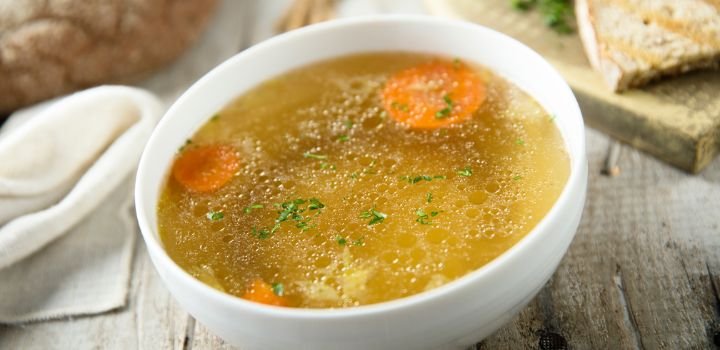

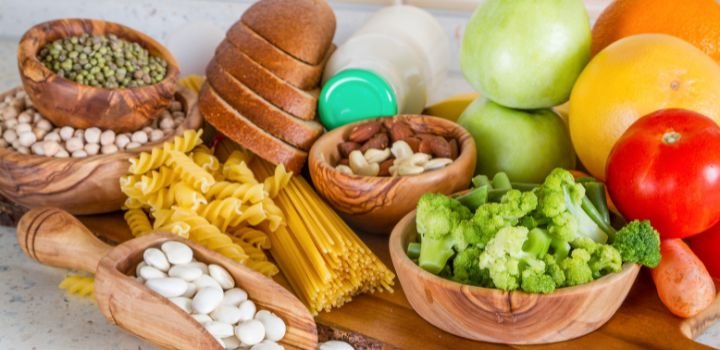

4 Responses
Thank you for explaining the difference, its very difficult to find out any info why I am allergic to everything that contains yeast extract but not yeast . You have explained it perfectly. I am very worried for my health as yeast extract is in more and more foods and I get asthma attacks when I ingest yeast extract, sad times for me not a bonus at all.
Dove posso trovarlo ? L’estratto di lievito?
We sell yeast extract for food manufacturers
Great article and so informative! Funny because I’m NOT allergic to yeast extract but bakers yeast makes me hive. Happy to learn about the health benefits of the extract.